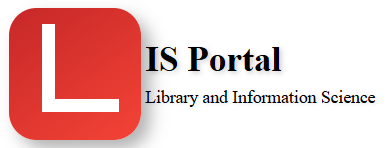Communication technology
Communication technology refers to the tools and methods used to facilitate communication between individuals and groups. It includes hardware, software, and communication networks that enable people to send and receive information over a distance.
Examples of communication technology include:
-
Telecommunication systems: Telephone, cell phones, and video conferencing systems that allow for voice and video communication over a distance.
-
Computer networks: Local area networks (LANs), wide area networks (WANs), and the internet, used to exchange information between computers and other devices.
-
Social media: Online platforms such as Facebook, Twitter, and Instagram, used for social interaction, information sharing, and collaboration.
-
Instant messaging: Tools such as WhatsApp, Skype, and Slack, used for real-time text-based communication between individuals or groups.
-
Email: Electronic mail, used to send and receive messages, files, and other information.
-
Streaming media: Services such as Netflix, YouTube, and Spotify, used to deliver audio and video content over the internet.
Examples of communication technology in the context of library science include:
-
Library catalogs: Online systems used to search and access library resources, including books, journals, databases, and other materials.
-
Electronic resources: Digital collections of information, such as e-books, online journals, and databases, accessible via the internet.
-
Reference and information services: Tools and platforms used by librarians to provide reference and information services, including virtual reference and chat services.
-
Instructional services: Technology-enhanced instructional resources, such as online tutorials, webinars, and multimedia learning materials.
-
Outreach and marketing: Social media, websites, email, and other digital communication channels used by libraries to promote their services, resources, and events.
-
Electronic resource management: Systems used by libraries to manage their electronic collections, including license management, access control, and usage statistics.
Communication technology has revolutionized the way people communicate, making it faster, easier, and more convenient to exchange information and ideas. It has also had a profound impact on business, education, and society, leading to new opportunities for collaboration, innovation, and growth.
